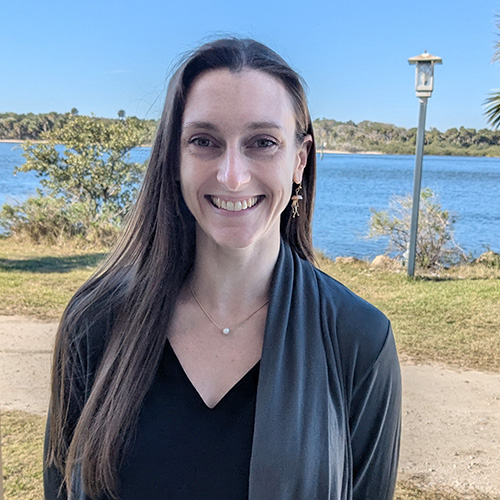
On October 21 Bailey Steinworth successfully defended her PhD dissertation. Dr. Steinworth became interested in how organisms can form the same structures by different developmental pathways. Most people think development starts with a fertilized egg that generates a “baby” that eventually grows up to be an adult. However, Dr. Steinworth became interested in the biology of animals that have alternative methods of generating adult body plans. She chose to study the “upside down jellyfish” Cassiopea, an animal that can develop into a polyp from a fertilized egg OR from an asexual bud generated from an existing polyp. These two separate and distinct cellular pathways generate polyps that are identical to one another and can form functional medusae. Dr. Steinworth characterized the embryonic development of Cassiopea for the first time using confocal microscopy and the expression of axial patterning genes during development and asexual budding. She showed that many, but not all, genes were deployed similarly during these two developmental periods to establish the polyp body plan.
Furthermore, one of her most significant discoveries relates to the symmetry properties of scyphozoan jellyfish. While it is accepted that the benthic polyps of sea anemones (Class Anthozoa) display features of bilateral symmetry, people have assumed that “true” jellyfish are radially symmetrical around their oral-aboral axis. During her studies, Dr. Steinworth discovered that a homeodomain transcription factor gene was asymmetrically expressed in Cassiopea polyps, thus defining a bilateral plane of symmetry. This is exciting because it suggests that bilateral symmetry, not radial symmetry, was a feature of the earliest cnidarians on Earth (some 600 million years ago). This work will promote more molecular work in the field to understand the evolution of animal body plans.
Congratulations to Dr. Steinworth for a job well done and best of luck to her as she continues her work using functional genomic techniques in Cassiopea to understand the effects of climate change on coastal benthic invertebrate animals at Auburn University!